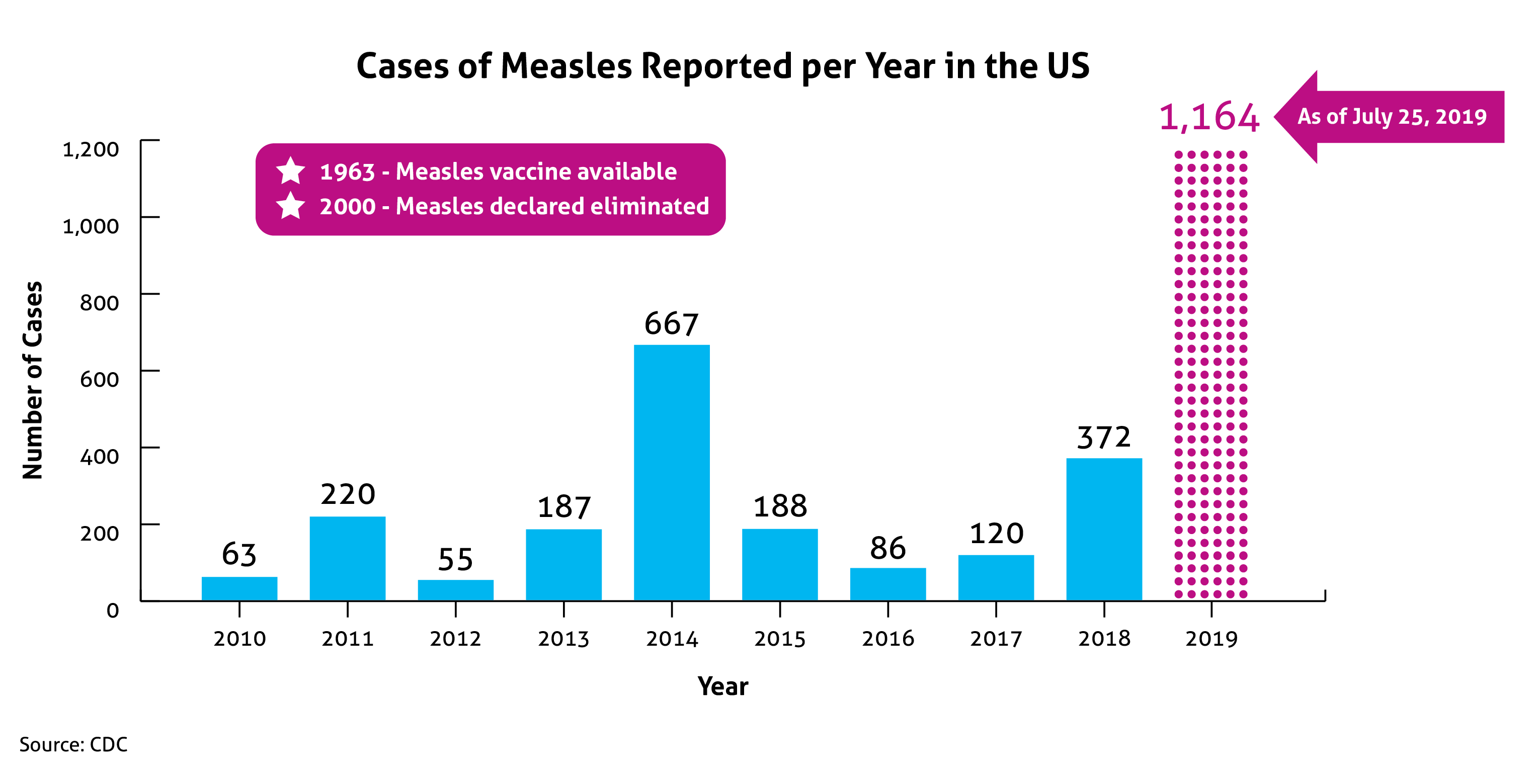One Suicide is Too Many
One suicide is too many. Yet more than 47,000 Americans die each year as a result of suicide. Because suicide is the 10th leading cause of death in our nation, we at Magellan Health believe it is nothing short of a public health crisis. Thankfully many experts and organizations agree.
Recently, Magellan had the privilege to host a suicide prevention conference in Boise, Idaho. The free conference brought almost 200 local and national leaders together to exchange ideas, share successes and discuss solutions around the challenges we face together in addressing this crisis in our communities. Suicide is a topic that’s difficult, but we must talk about it and deal with it by creating an environment for genuine caring for one another. To have the greatest impact possible, this should start by encouraging those who are struggling to ask for help, and we need to remind one another to watch for signs and signals with our family, friends and colleagues.
The suicide crisis is particularly impacting the state of Idaho. In 2017, Idaho’s suicide rate was 22.9 per 100,000 residents. The state’s suicide rate is 58 percent higher than the national rate and reflects a 44 percent increase over the past 10 years.
During the conference, Dr. Michael F. Hogan, principal, Hogan Health Solutions, LLC, gave one of three keynote addresses. He spoke about opportunities to prevent suicide in all healthcare settings. As I shared in my remarks at the conference, I wholeheartedly agree with his perspective. From the examination room to the boardroom, healthcare leaders and executives play a critical role in helping solve this crisis. We must lead the charge—drawing in other key stakeholders like providers, lawmakers, teachers and family members to support efforts to make this crisis visible, reduce stigma and drive solutions.
One important place to start is by ensuring people understand the signs of suicide. First, we must increase education and awareness and promote community and statewide educational programs. We should focus on an audacious goal, a path to zero suicides, to drive the sense of urgency needed to get community-wide buy-in. In addition, we should invest in suicide training for family members and peers of those with a mental health diagnosis. Such training fosters early detection and, in the case of peer support, provides a common frame of reference, making individuals more likely to engage.
Second, we must work to break the stigma around mental health issues — and normalize the need for care. As Dr. Thomas Joiner, The Robert O. Lawton Distinguished Professor of Psychology at Florida State University, said during his keynote address, “Reach out and tell someone when you see that someone is desperate. These person to person connections as we look out for each other can have such a significant impact in reducing suicides. It is important to keep in mind that all of us hold an important role in caring for one another.” Creating opportunities for open dialogue in the community, like the workshops during our Boise conference, helps shine a light on the problem and engages more people in helping others before it’s too late.
Finally, improved access to care and early screening will go a long way toward reducing the risk of suicide. Ensuring people of all economic status and backgrounds have access to behavioral healthcare is key. However, finding specialists who are skilled in suicidology isn’t easy. One study in Maricopa County, Ariz., determined that only 30 percent of behavioral health professionals in the county believed they had the necessary skills and support to treat at-risk patients. We need increased funding for suicide training among all medical professions.
As many as 38 percent of people making a suicide attempt did so within a week of a healthcare visit. Our healthcare system must look for ways to support early detection by making depression screenings part of every primary care visit. To help identify patients with mental health conditions, Magellan Healthcare has developed SmartScreenerSM. SmartScreener is a digital application that contains standard screening tools used by behavioral health professionals like counselors, psychologists and psychiatrists. While the patient waits to be seen by the physician, he/she completes the screener. Answers are confidential and only shared with the physician, who will discuss the patient’s results during the appointment and can help with next steps.
This routine screening is making a difference in identifying patients with behavioral health concerns. In a six-month primary care SmartScreener implementation, approximately half of the patients screened positive for a behavioral health concern. About 38 percent were deemed appropriate to be referred to digital cognitive behavioral therapy (DCBT). Fifty-four percent of these appropriate patients then enrolled in DCBT, getting help for which they may otherwise never have been referred.
The path to zero suicides requires that healthcare leaders—and the nation as a whole—treat suicide as a public health crisis and that we normalize discussions about mental health, suicide and treatment. I hope everyone who attended our Boise conference left as inspired about the urgency of this issue as I did. Let’s all commit to strategies that involve our communities in suicide prevention and draw upon multiple resources for continuing education and improved access to treatment.
For more information about suicide prevention, read our other blog articles here.
